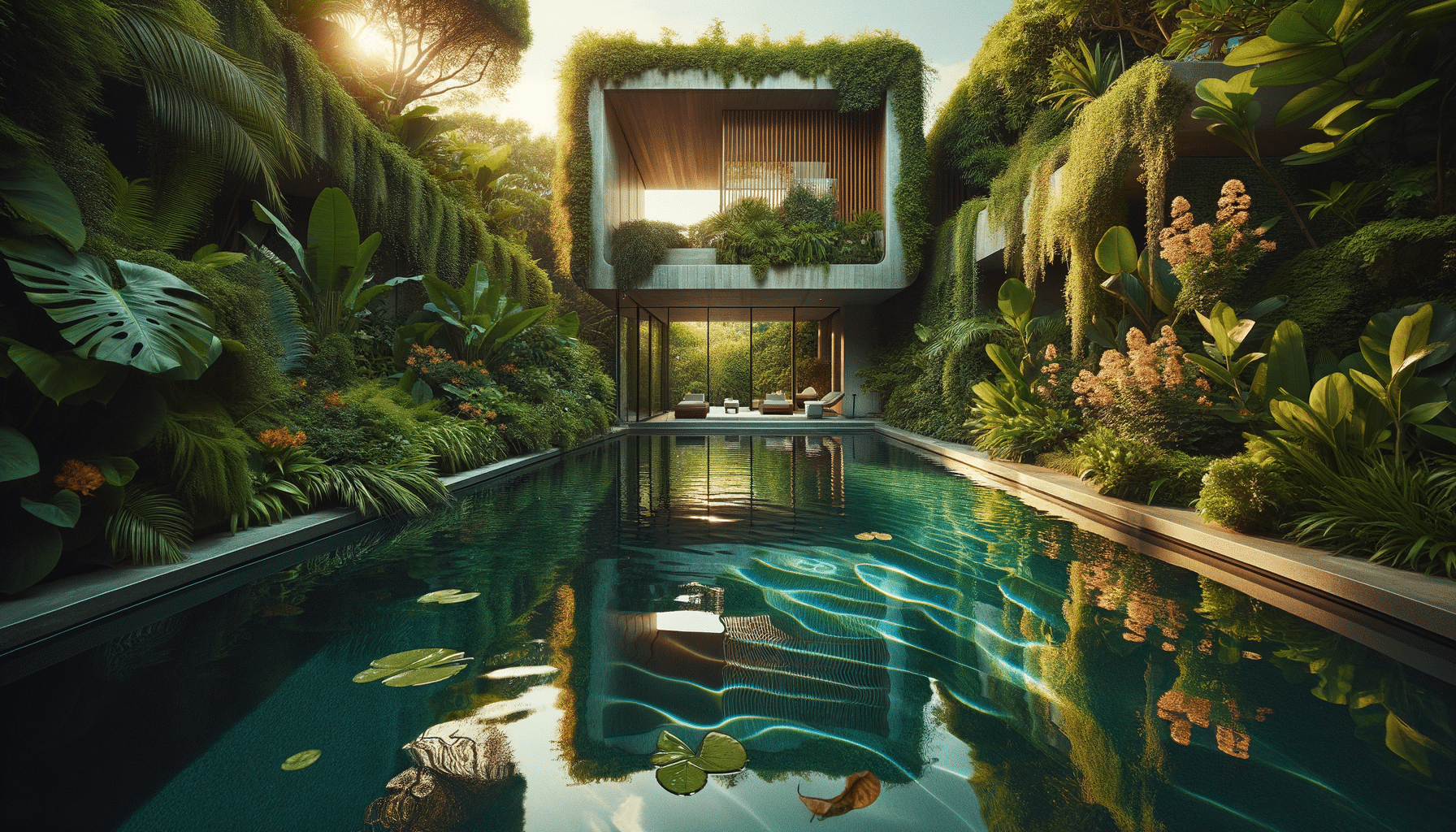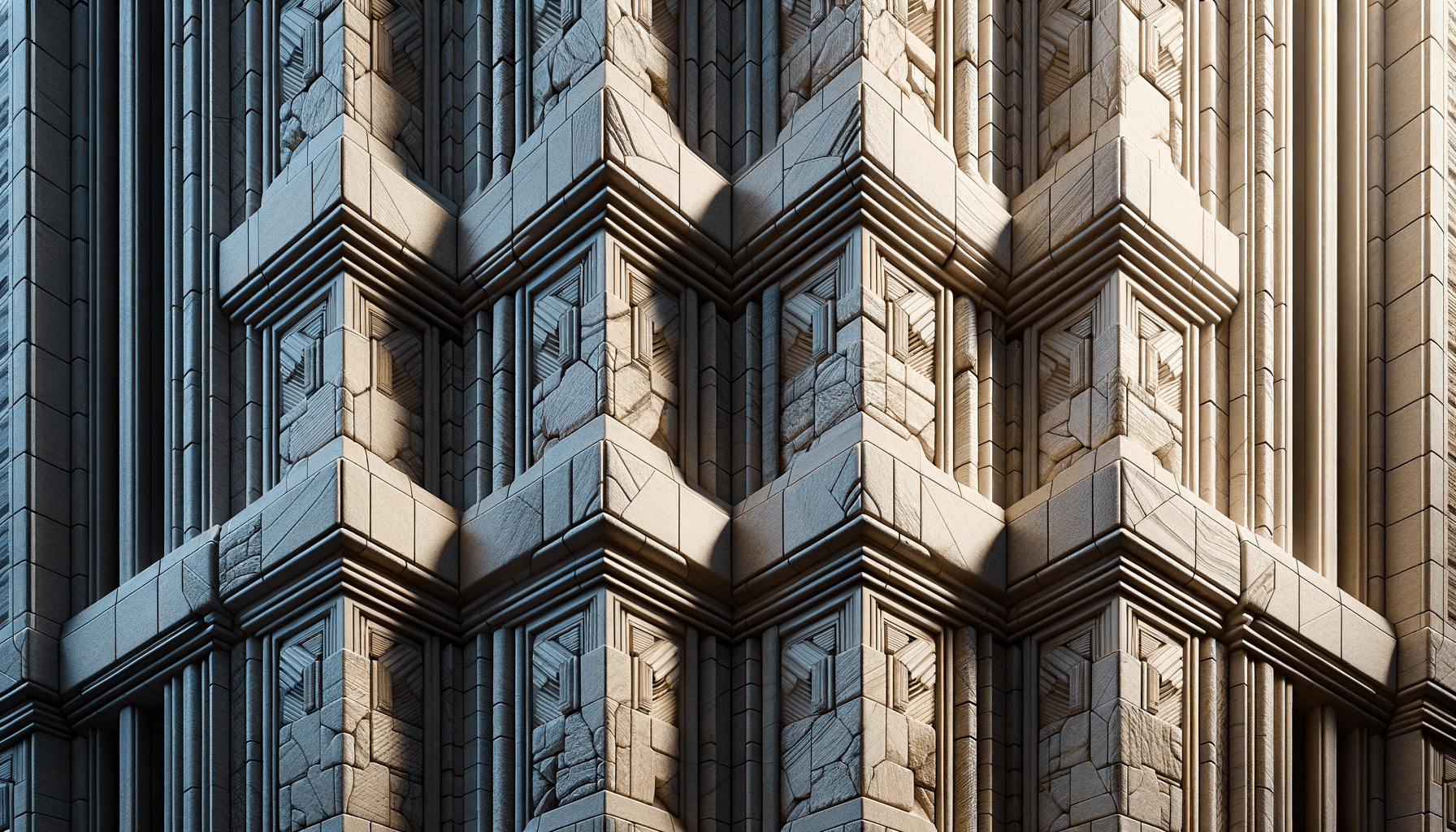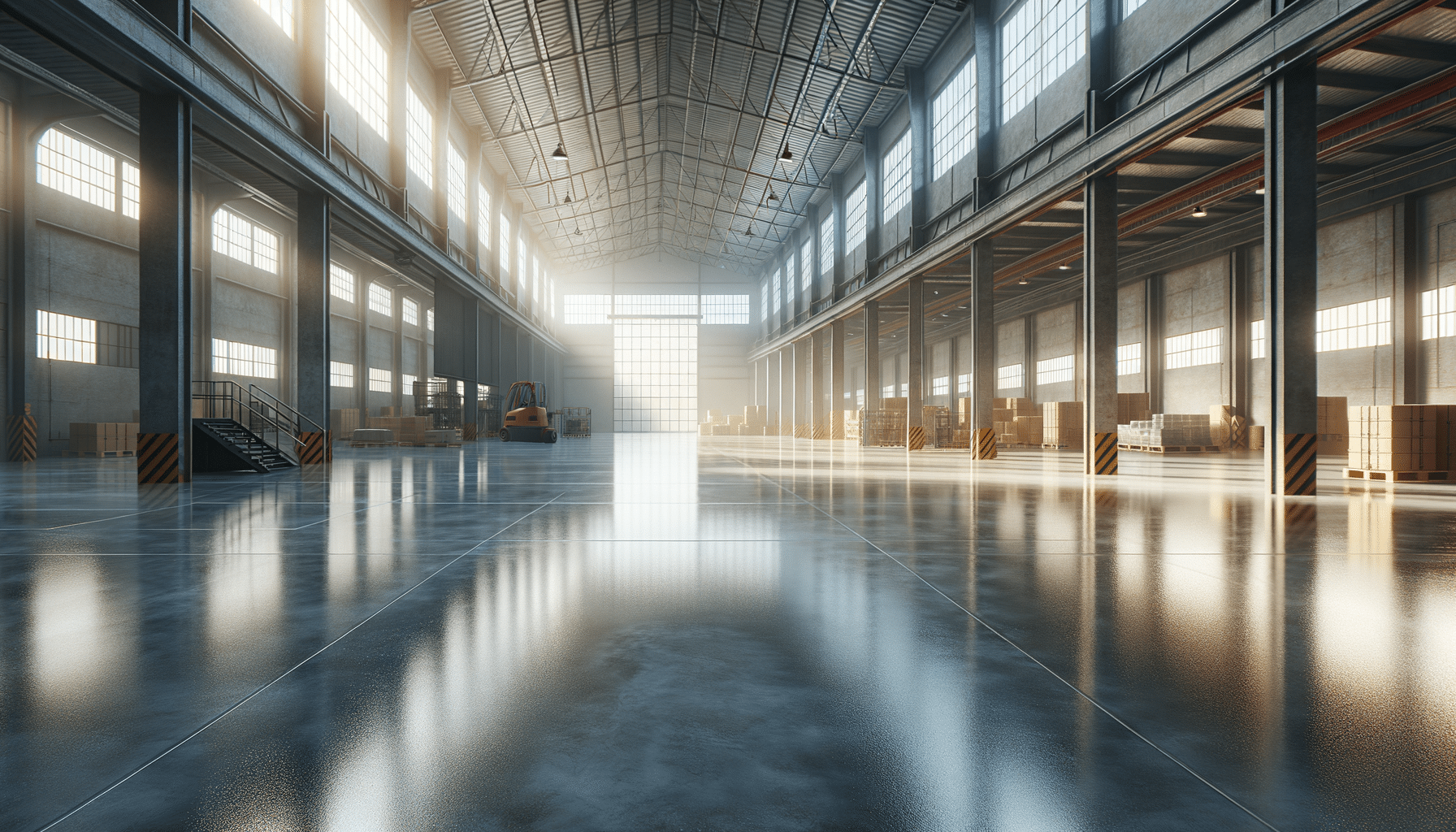
Exploring the Versatility of Brick Veneer in Modern Construction
Introduction to Brick Veneer
Brick veneer is a popular choice in modern construction, offering the timeless appeal of traditional brickwork combined with the benefits of modern building techniques. Unlike solid brick walls, brick veneer consists of a single layer of bricks attached to the exterior of a building’s structural frame. This approach not only enhances the aesthetic appeal of a property but also provides additional insulation and protection against the elements. As urban spaces continue to evolve, the demand for efficient, sustainable, and visually appealing building materials like brick veneer is on the rise.
The Structural Benefits of Brick Veneer
One of the primary advantages of brick veneer is its contribution to a building’s structural integrity. While the veneer itself is not load-bearing, it acts as a protective skin that shields the underlying framework from environmental factors such as moisture and temperature fluctuations. This added layer helps in maintaining the structural soundness of the building over time. Additionally, brick veneer offers excellent thermal insulation properties, which can lead to significant energy savings. By reducing heat transfer, buildings with brick veneer maintain a more consistent indoor temperature, reducing the reliance on heating and cooling systems.
Design Flexibility and Aesthetic Appeal
Brick veneer offers architects and builders a wide range of design possibilities. Available in various colors, textures, and sizes, brick veneer can complement any architectural style, from traditional to contemporary. This versatility allows for creative expression in building design, enabling the creation of unique facades that stand out in urban landscapes. Furthermore, brick veneer can be used in combination with other materials, such as wood or metal, to create striking contrasts and enhance the overall visual appeal of a structure. Whether used on residential homes or commercial buildings, brick veneer adds a touch of elegance and sophistication.
Installation and Maintenance Considerations
Installing brick veneer is a relatively straightforward process, but it requires careful planning and execution to ensure optimal results. The veneer is typically anchored to the building’s frame using metal ties, creating a cavity between the veneer and the structural wall. This cavity allows for drainage and ventilation, preventing moisture buildup and potential damage. While brick veneer is known for its durability, regular maintenance is essential to preserve its appearance and function. Routine inspections and cleaning can help identify and address any issues, such as mortar deterioration or efflorescence, ensuring the veneer remains in top condition.
Environmental Impact and Sustainability
In today’s eco-conscious world, the sustainability of building materials is a significant consideration. Brick veneer is an environmentally friendly option due to its longevity and recyclability. Bricks are made from natural clay and shale, which are abundant resources, and the production process has a relatively low environmental impact compared to other building materials. Additionally, the thermal mass of brick veneer contributes to energy efficiency, reducing the carbon footprint of buildings. As sustainability becomes increasingly important in construction, brick veneer stands out as a responsible choice for builders and homeowners alike.


